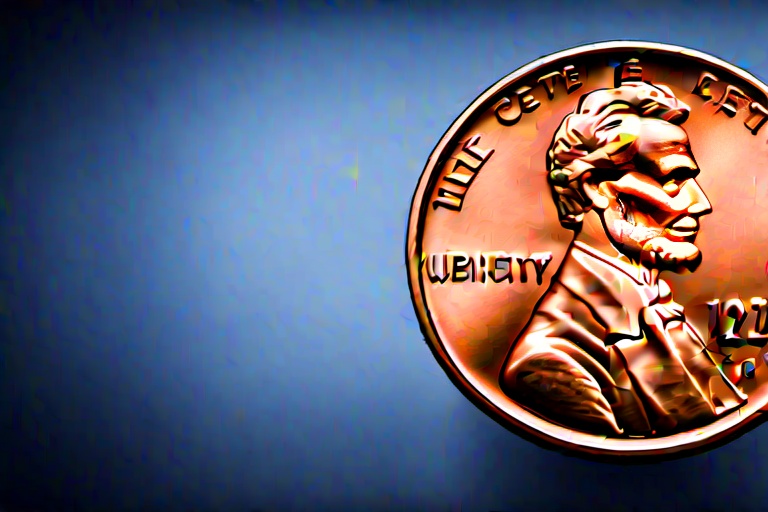The allure of collectibles, such as rare coins, presents a unique opportunity for investors to diversify their portfolios beyond the typical stocks and bonds. What sets collectibles apart is that their values are not directly correlated to the stock market's ebb and flow. Instead, they are influenced by various factors including scarcity, historical relevance, and collector demand. Diversification with rare coins offers potential for substantial profits and long-term capital appreciation, though, like any investment, they come with their own set of considerations and should not be pursued for short-term gains. A bit of patience and the passage of time are often required to realize the investment returns rare coins can offer.
The allure of collectibles, such as rare coins, presents a unique opportunity for investors to diversify their portfolios beyond the typical stocks and bonds. What sets collectibles apart is that their values are not directly correlated to the stock market's ebb and flow. Instead, they are influenced by various factors including scarcity, historical relevance, and collector demand. Diversification with rare coins offers potential for substantial profits and long-term capital appreciation, though, like any investment, they come with their own set of considerations and should not be pursued for short-term gains. A bit of patience and the passage of time are often required to realize the investment returns rare coins can offer.
The potential for profits in rare coin investments is significant. Historical trends, as highlighted by prolific sources such as the rare coin newsletter Finest Known, indicate that elite coins can see remarkable appreciations—in excess of 1,000% in some periods. However, these should complement, rather than replace, more traditional investments. To create a robust and diverse coin portfolio, one might consider U.S. Coins, gold bullion coins, and venerable pieces like the double eagle, known for its potential consistent value over time.
Understanding the Rare Coin Market
The coin market has become increasingly transparent and accessible over recent decades, especially with the advent of third-party grading services. These services offer a clear assessment of a coin's condition and authenticity, which is a significant boon for investors. Moreover, the proliferation of online resources has facilitated better access to knowledge for both new and seasoned collectors.
Education and Community
For those looking to delve into rare coins, there is a range of resources available. Establishing connections with mentors, participating in coin clubs, and attending shows can provide priceless insights into the nuances of coin investing. The coin collecting community is vibrant and engaging, with associations such as the American Numismatic Association offering comprehensive education and support. For enthusiasts, these avenues are critical in building a sound foundation in numismatics—the study and collection of currency, including coins.
The Long-Term Value of Rare Coins
It's a common question: Do rare coins appreciate over time? The answer, generally, is yes. Rare coins have often seen an increase in value through the years, reflecting significant returns on investment. But no investment comes without risks. Fluctuations in the values are affected by supply and demand dynamics, rarity, condition, and market sentiment. Informed decisions based on expert advice and thorough research are key to success in this arena.
Risks of Counterfeit and Altered Coins
Investors must also be wary of counterfeit and doctored coins, which are coins modified to appear more valuable or to hide flaws. For newcomers, these alterations can be difficult to spot, but reputable coin dealers and authentication through leading grading services—like the Professional Coin Grading Service (PCGS) or the Numismatic Guaranty Corporation (NGC)—help mitigate these concerns.
Strategic and Thoughtful Investing
Rare coin investing is more complex than dealing with uniform securities like stocks. Subtle variances in coins—despite being of the same year and grade—can lead to dramatically different valuations. Thus, understanding grading, rarity, and market trends is of utmost importance for both amateur and experienced numismatists.
Avoiding Pitfalls
Strategic approaches to coin investing, such as avoiding the temptations of "coin flipping"—buying low-mintage coins and quickly selling them at higher prices—can protect investors from sudden market shifts. Being strategic also includes cautious entry into the market and avoiding knee-jerk reactions to volatility.
Conclusion
In summary, the market for rare coins presents an intriguing prospect for those looking to diversify their investment portfolios. With informed strategies, an understanding of valuation principles, and cautious acquisition of coins from established and trustworthy sources, rare coin investing stands as a potential avenue for long-term enrichment. Bearing in mind that thorough education and patience are prerequisites, collectors and investors alike can navigate the numismatic landscape with a greater degree of confidence and success.
Information for this article was gathered from the following source.

